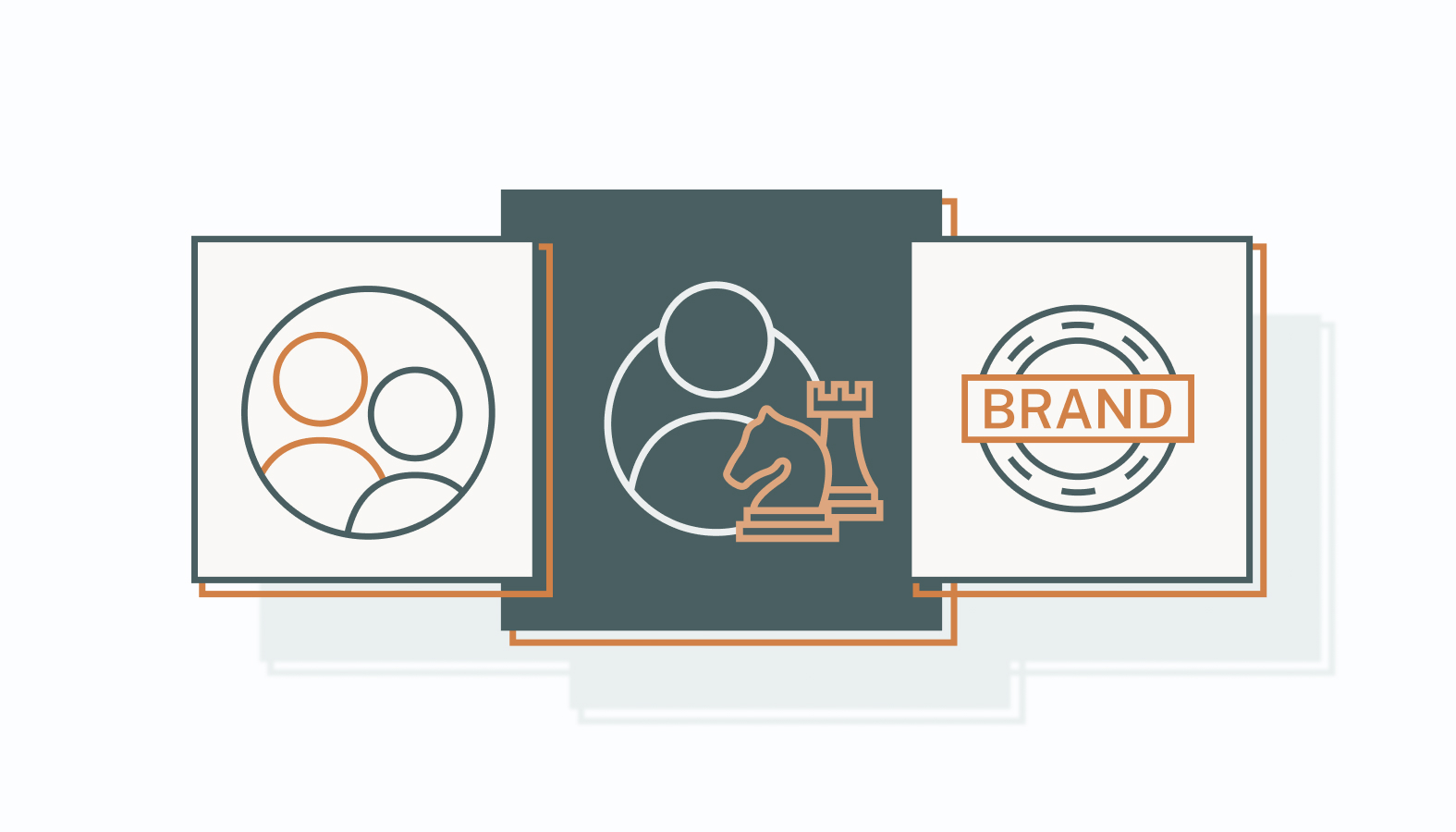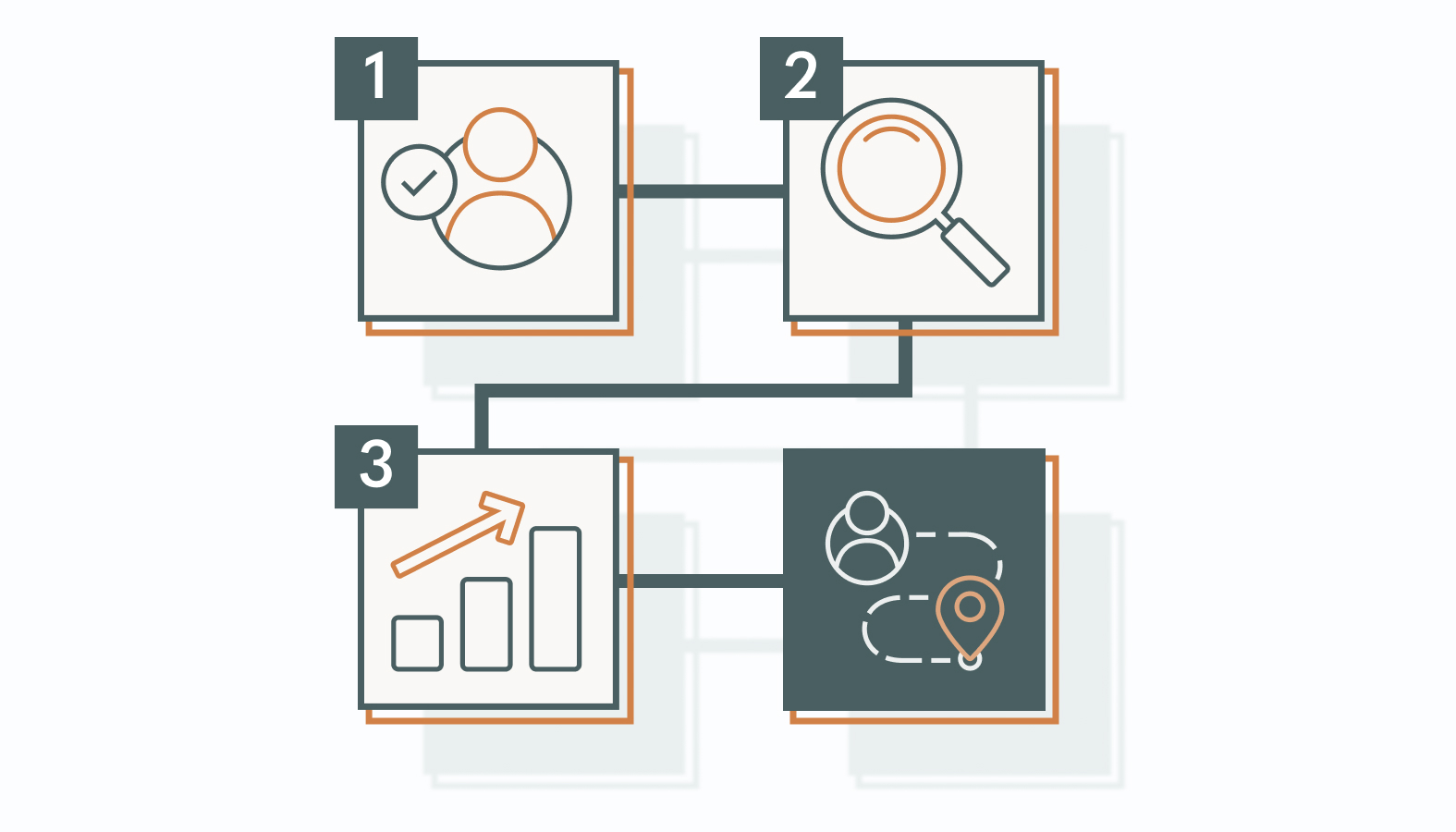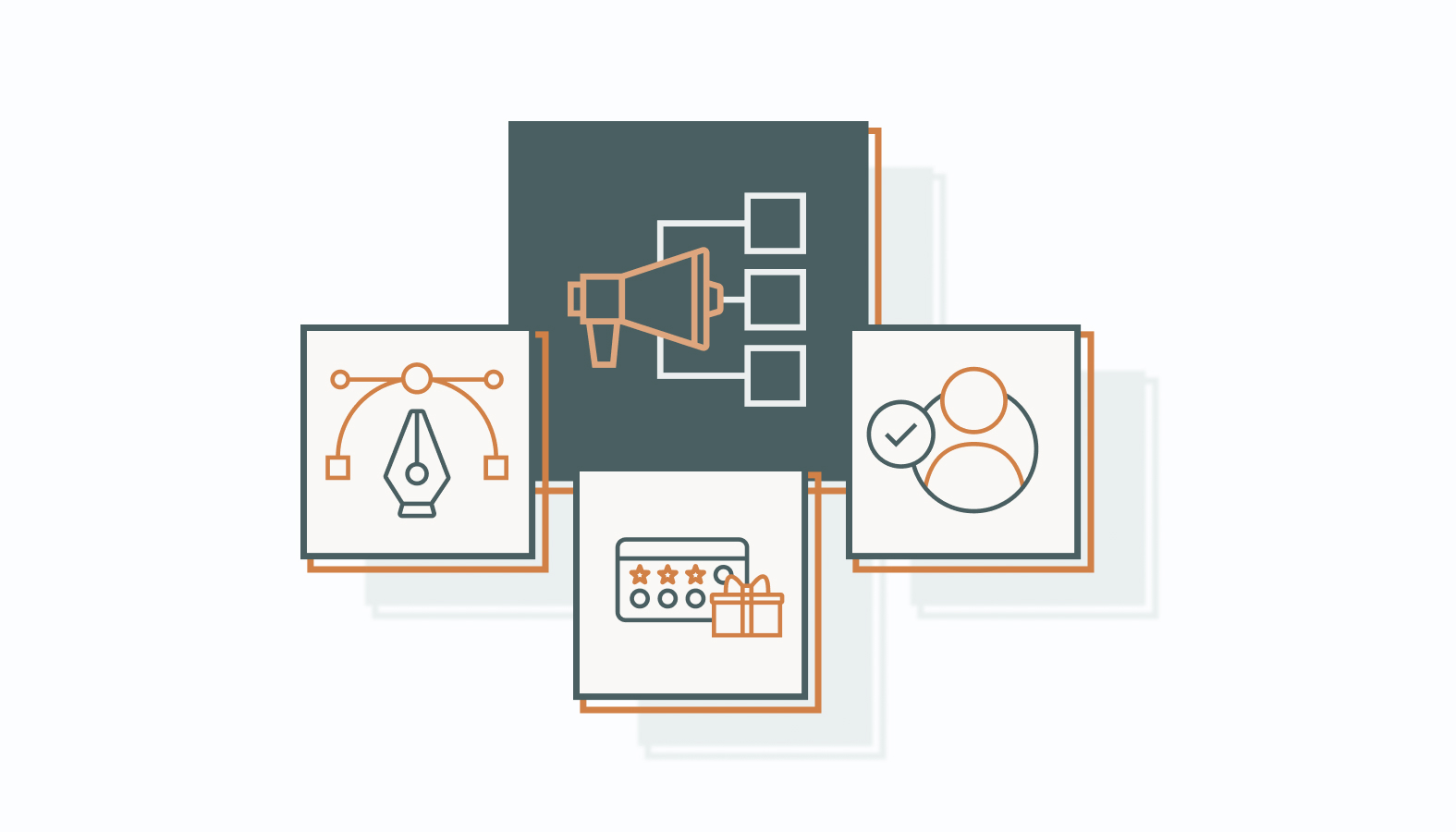Today’s customers don’t just hope for a seamless experience; they expect it by default. But behind the scenes, delivering that kind of cohesion across channels, teams, and tech stacks is anything but simple. That’s why omnichannel campaign management isn’t optional anymore—it’s a strategic evolution in how modern brands connect with real people.
When executed well, omnichannel strategies enable personalized, consistent touchpoints across the entire customer journey. Unlike multichannel efforts that often feel disjointed, omnichannel strategies unify messaging, timing, and context.
Let’s explore the strategies, tools, and examples to help you run campaigns that people remember and respond to.
Crafting a Cohesive Campaign Strategy
A strong marketing campaign strategy aligns every touchpoint with your brand’s goals and message. When every channel speaks the same language, the results are clear: consistent engagement, a stronger ROI, and messaging that resonates.
A cohesive campaign isn’t just about reaching your audience. It’s about influencing them in a way that builds momentum across the entire funnel.
Gaining Insights into Your Audience
Data without context is just noise. Savvy marketers go beyond the surface by using surveys to uncover broad patterns, focus groups to reveal emotional motivators, and analytics to monitor real-time behavior.
Data analytics helps you understand what drives your customers, transforming scattered interactions into clear patterns. This way, your campaigns stop guessing and start hitting their mark.
With sharper insights, your messaging becomes more relevant and persuasive, increasing the likelihood of conversion. You’re no longer just broadcasting into the void but connecting with people ready to act.
Strengthening Brand Recall Across Every Channel
Memorable brands earn more mindshare, market share, and loyalty — not by chance but through visual consistency, strategic repetition, and emotionally resonating messages across platforms.
It’s more than adding a logo to an email footer; it’s brand architecture in motion. Consider Coca-Cola, whose identity is so consistent that it defines a category and builds a lasting legacy.
When every piece of content reflects the same identity, your brand sticks and earns preference.
The Best Tools to Power Seamless Omnichannel Marketing Campaigns
Marketing today is an orchestration exercise. You’re not just running campaigns but conducting data, channels, content, and tech in real-time, and the right tools ensure it all runs in sync.
With customers jumping from email to social to your site and back again, fragmented tech stacks create more friction than flow. The solution is simple: use platforms that play well together and actively elevate how your strategy performs across every touchpoint.
Let’s break down the tools designed to do just that.
Selecting the Best Tools for Your Business
Tool selection starts with clarity. What roles need filling? CRM? Social media management? Email automation? Once you’ve mapped your core marketing operations, prioritize tools that integrate seamlessly with your current ecosystem and scale as you grow.
User-friendly interfaces matter, but long-term adaptability is crucial. The best tools enhance team speed, reduce data silos, and support sharper decision-making.
Here are a few that consistently rise to the top:
- HubSpot: Ideal for teams wanting an integrated CRM and marketing engine. From lead nurturing to service tickets, HubSpot centralizes workflows and data with intuitive automation.
- Salesforce: Perfect for enterprises needing deep customization and robust integration options, focusing on flexibility and tailored configurations.
- Mailchimp: A leader in email marketing, excelling in automation and analytics for teams wanting targeted messaging without complexity.
- Hootsuite: Excellent for managing and scheduling content across multiple social channels, with built-in analytics to spot trends and adjust in real-time.
Innovative tools give marketers space to focus on what matters: strategy, storytelling, and scaling results.
Using Analytics to Drive Ongoing Improvements
Analytics should guide action, not just sit in dashboards. Think of analytics as your marketing command center, showing where attention drops, conversions rise, and opportunities lie. Whether reviewing campaign-level metrics or cross-channel behavior, insights should be accessible and actionable.
A/B testing is one of the simplest yet most effective ways to improve performance. Instead of guessing which subject line or CTA will work, validate it with data. It’s a habit that builds better instincts and outcomes.
But don’t stop at clicks and opens. The real gold lies in behavior analysis. What paths are users taking? Where are they falling off? What drives conversion?
Use this intelligence to:
- Personalize content and experiences
- Fine-tune messaging across segments
- Prioritize high-value channels and campaigns
Every insight you gather moves you toward a more innovative strategy and substantial ROI. When tools and analytics work together, you don’t just react. You optimize, evolve, and outperform.
How to Create a Seamless Customer Journey
Customer journeys aren’t built on good intentions. They’re engineered. Every touchpoint, every experience, every moment of friction or delight adds up to one thing: whether people stay with you or leave for someone who figured it out better.
To achieve retention, loyalty, and growth, you don’t guess your way there. You design it.
Here’s how to architect a journey that converts curious prospects into committed customers and keeps them there.
1) Start with Customer Personas That Reflect Real People
Real customer understanding begins with more than a job title and a vague pain point. You need sharp, detailed personas built from actual data.
Collect behavioral insights through surveys, interviews, and trend analysis. Surveys provide demographic and psychographic baselines. Interviews dig into motivations and resistance points. Market research helps spot patterns before they become problems.
Once built, these personas aren’t just internal wallpaper. They guide messaging, UX design, onboarding, and retention strategy. Every decision filters through: Does this help the person this persona represents? That’s how you create experiences that resonate.
2) Map Every Interaction to Spot Gaps and Opportunities
An accurate customer journey map charts everything, from the first ad click to post-sale follow-up.
Lay it all out visually. Track how users move from awareness to consideration, then from decision to advocacy. Highlight moments of delight, hesitation, or drop-off. The goal is to see what’s working and spot what’s breaking.
Layer in actual user behavior and feedback. Look for dead ends, missed handoffs, or inconsistent messaging. These are workflow glitches that lead to lost revenue.
Once mapped, the gaps become obvious. And once they’re apparent, they’re fixable.
3) Optimize Every Touchpoint, then Iterate Relentlessly
No journey stays perfect. Preferences shift, expectations evolve, and tech moves faster than most teams can keep up. That’s why optimization shouldn’t be a quarterly activity; it must be continuous.
Integrating data, user behavior, and feedback will refine your touchpoints, eliminate channel friction, and strengthen tone, timing, and utility consistency.
And test (always test) and then act on what you learn. Journey optimization is where long-term gains happen because small improvements at key steps multiply impact across the funnel.
Keep your map updated, your metrics tight, and your team aligned. Treat the customer journey like a high-value asset so it becomes your most substantial competitive advantage.
Success Stories: Learn from Brands Who Are Doing Omnichannel Right
When you see how high-performing brands connect online and offline experiences, optimize every touchpoint, and create loyalty that sticks, you can decode tested playbooks.
Below are three standout examples of brands that live it, breathe it, and profit from omnichannel management.
How Disney Uses Tech to Elevate the Guest Experience
Disney doesn’t just sell tickets. It curates experiences from the moment a guest begins planning. Their tech ecosystem, centered around the My Disney Experience app and MagicBands, eliminates friction while elevating anticipation.
With the app, guests can book reservations, check ride times, and map out their day with military precision. MagicBands integrate seamlessly as a digital wallet, hotel key, and park pass — all in one wristband. The brilliance? Guests don’t have to think. Everything is intuitive, fast, and enjoyable.
This blend of convenience and delight isn’t an accident. It’s a masterclass in cross-channel integration. Disney uses data to connect physical spaces with digital behaviors, giving visitors a unified journey that feels personal and magical. This level of operational fluidity is essential for brands looking to build long-term customer loyalty.
How Starbucks Builds Loyalty Through Consistency
Starbucks built a global brand by offering more than coffee. They offer routine, recognition, and rewards—packaged neatly in a mobile experience that just works.
Their app allows customers to order ahead, skip the line, and earn loyalty points without lifting more than a thumb. That frictionless utility increases order frequency, while the personalization engine underneath delivers targeted offers based on past purchases.
This results in relevance at scale. Customers feel seen and rewarded, and Starbucks sees increased app engagement, higher order volume, and longer-term loyalty.
Consistency is the real genius here. Whether you’re in Dallas or Dubai, the experience is familiar. This kind of omnichannel precision retains customers and turns them into habitual users.
How Sephora Blends Digital and In-Store Personalization
Sephora delivers a unified experience by giving technology a personal twist. In-store, they deploy tools like Color IQ to match customers with ideal foundation shades. Online, those same preferences feed into personalized recommendations and curated product suggestions.
Everything connects. Whether a customer is shopping via the app, browsing online, or getting a consultation in-store, the experience feels like it was designed just for them.
This level of personalization drives conversion, but more importantly, it builds trust. Customers know Sephora isn’t guessing—they’re learning. The result is an omnichannel strategy that increases purchase confidence and repeat business.
Sephora’s strategy shows that data and intimacy aren’t mutually exclusive. When brands use customer insights responsibly and creatively, the payoff is both emotional and measurable.
What Top Brands Teach Us About Winning Omnichannel Marketing Tactics
Top-performing brands play across multiple channels and masterfully connect the dots. Their strategies show us what happens when technology, design, and customer experience align to meet people exactly where they are.
Design Friction-Free Experiences That Customers Love
The best customer journeys feel effortless because they’re engineered that way. Seamless transitions between web, mobile, and in-store experiences rely on integrated tech stacks, intuitive interfaces, and consistent messaging.
Look at Apple. Every part of its ecosystem is designed to feel familiar and work together, from product discovery to checkout. Whether you’re buying online or in-store, the experience is unified, frictionless, and unmistakably Apple. That’s no accident — it’s what happens when high-caliber design meets operational precision.
Build Loyalty Programs That Actually Keep Customers Coming Back
Good loyalty programs reward purchases, while great ones reward behavior. The difference lies in personalization, ease of use, and a value exchange that makes sense to the customer.
Amazon Prime is the benchmark. Fast shipping, curated content, and personalized recommendations create ongoing value that keeps users engaged without making them think about it. It’s a program built on relevance and reward; the metrics prove it.
Personalize Shopping Journeys to Boost Engagement
Consumers aren’t looking for generic. They’re expecting curated. Personalization isn’t a novelty; it’s the baseline for engagement in today’s market.
That’s where data and AI step in. Brands like Netflix excel by turning user behavior into dynamic experiences. Their recommendation engine predicts what you’ll want next, making the platform feel smarter and stickier every time you log in.
Personalized interactions lead to higher conversions, longer retention, and more meaningful brand relationships.
Integrating Channels for a Unified Customer Experience
Omnichannel marketing isn’t about being everywhere; it’s about being everywhere intentionally. When your tools, strategy, and data are aligned, the customer experience stops feeling like a patchwork and starts performing like a well-run system.
Throughout this guide, we’ve broken down the core elements of effective omnichannel campaign management: building cohesive strategies, using real insights to fuel personalization, and selecting tech that empowers (not slows down) your team. The brands leading the charge don’t just connect touchpoints. They design seamless, standout experiences that earn attention and keep it.
The playbook is clear:
- Align messaging and intent across every channel.
- Prioritize personalization powered by data.
- Use tech that supports your customer journey.
- Optimize constantly with analytics that guides real decisions.
When done right, omnichannel isn’t just a marketing tactic. It’s a growth engine that deepens customer loyalty, lifts ROI, and gives your brand a durable edge in a market that’s only getting more competitive.
Now’s the time to unify, simplify, and scale your strategy.
If you want to implement a properly managed omnichannel campaign right from the start, let us help. Schedule a candid conversation with one of our experts to get clarity, strategy, and results.









